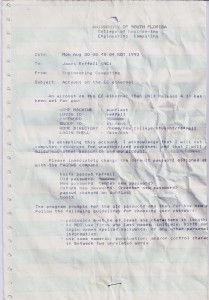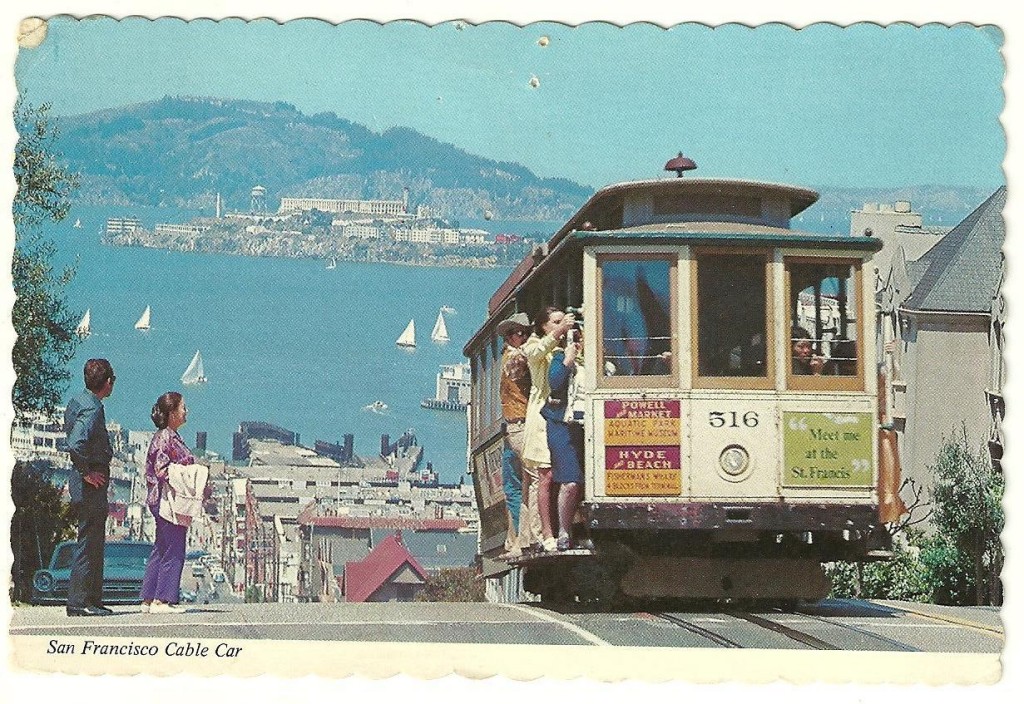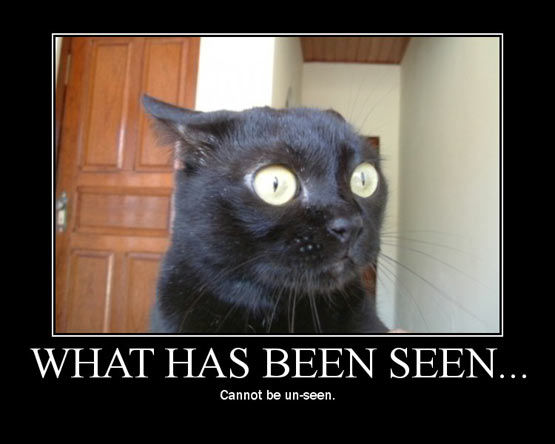Nonfiction
 Just And Unjust Wars: A Moral Argument With Historical Illustrations
Just And Unjust Wars: A Moral Argument With Historical Illustrations
by Michael Walzer
This isn’t an easy book to read, although it isn’t quite as dry as the title suggests. I imagine (I hope?) that it is taught in military academies and other places where the morality of war is seriously debated. For me, it helped address a frustration I’ve had for years during debates–often online, sometimes in person–about the morality of going to war or of a particular conduct within a war. Walzer shows that rational discussion of war can happen, that can be worthwhile to do so, and gives template for how to do it. How does he do it? First he clears away the two opposite and equally useless positions that are always used: that, on one hand, war is always immoral, and therefore all wars and all conduct within wars are equally moral, and on the other, that once you’re in a war, anything is permitted to win it (the ‘war is hell’ theory) and that any discussion of morality is pointless. Walzer argues effectively that both of these positions are dangerous fallacies, and moves on to show how to, using a combination of moral intuition, historical example, and reasoning, make a moral judgement about any and all situations of war. You don’t have to agree with all of his conclusions (although I mostly do) to admire the careful way he constructs his argument in each case. It’s a hard example to follow, but we’d do a lot better if we tried to follow it, rather than the simplistic “terrorists bad” or “drones scary” discussions that tend to dominate our discourse.
 Infinite City: A San Francisco Atlas
Infinite City: A San Francisco Atlas
by Rebecca Solnit
This is a delicious book. It’s an artistic and historical atlas, with essays by Solnit and other authors, all focused on San Francisco and the different layers of people, culture, and history that exist in this city. Each essay is paired with a map–some of which are carefully detailed, some more artistically interpreted. Since I’m pretty attached to San Francisco and I’m a sucker for imaginative maps, this was a lot of fun to flip through. The highlights for me included a map of coffeehouses (necessarily incomplete, though I was startled by how many I had visited), a map that combined a history of Muybridge’s early photography work with te filming of Hitchcock’s Vertigo, and a map that overlays salmon migration paths in the Bay Area with the locations of Zen centers. From the essays, the standout was the history of South of Market residences before the 1960s redevelopment that gave us the Moscone Center.
 The Swerve: How the World Became Modern
The Swerve: How the World Became Modern
by Stephen Greenblatt
The Swerve is a short book about a big subject: the resurrection of ideas that had been present and discussed in the West in the Greek and Roman eras, and lost (or, at least, strongly ignored) for hundreds of years after the fall of Rome. This idea of lost knowledge has been part of our conception of the Renaissance since the Renaissance, and while things are always a little more complicated than that, there’s a kernel of truth to it. Greenblatt uses the story of one book hunter’s rediscovery of one work of Roman philosophy (Lucretius’s On the Nature of Things) to illustrate it. The story of Bracciolini’s 15th century discovery of the manuscript is fascinating, and Greenblatt sets the overall parameters of the civilization change that was about to happen … and then he sort of stops, and never quite makes the argument I was hoping he’d make, of exactly how those old/new ideas transformed things. It’s a fine book as far as it goes, but I wish he’d gone a little further.
 Barbarians to Angels: The Dark Ages Reconsidered
Barbarians to Angels: The Dark Ages Reconsidered
by Peter S. Wells
I read this book, somewhat coincidentally, just after The Swerve. It’s another book I wish went further than it did. Like a few other recent works on the early Medieval period, it’s setting up an argument against the unsubtle view that after the Western Roman Empire fell, everything went completely to hell in a handbasket and there wasn’t any real progress again until the Renaissance. Well, that’s an unsubtle view (and tends to ignore anything happening elsewhere in the world), and Wells argues against it. I don’t hink he does it very well, though–Chris Wickham’s The Inheritance of Rome did it much more comprehensively and carefully. One example which stood out for me was Wells arguing that the huge drop-off in sophisticated stone building work in Britain after the Romans left wasn’t a sign of technological decline, just different cultural choices. Ummm … no. Anyway, read the Wickham book instead, as huge as it is.

What the Dormouse Said: How the Sixties Counterculture Shaped the Personal Computer Industry
by John Markoff
Early West-coast computer nerdery! Robots roaming the streets of Palo Alto! Sex and drugs! What’s not to like? When I first got access to the Internet back in the early 90s, I spent hours reading through resources like the Jargon File which told the unofficial (and usually funny and/or scandalous) stories of the early computer era. This is like that, only a little better researched. It’s a little difficult to follow at times, since it is trying to simultaneously follow a bunch of different kinds of connections: academic, corporate, countercultural, EST stuff, etc. You do get a pretty decent sense of what Doug Englebart was up to at different times, though, and that alone makes it worth reading.
Graphic Novels
 Are You My Mother?: A Comic Drama
Are You My Mother?: A Comic Drama
by Alison Bechdel
This is Bechdel’s second autobiographical work, after Fun Home. Fun Home focused on her (not very good) relationship with her father, this concentrates on her relationship with her mother. It spends a lot of time talking about psychoanalysis and different psychoanalytic theories, which … it makes sense contextually (for one thing she keeps relating to her therapists as mother figures), but it’s really not my thing. It’s a fine book, but I think it works better as an adjunct to Fun Home than on its own.
Fiction
 Against A Dark Background
Against A Dark Background
by Iain M. Banks
Rereading this one. It’s good, but I’d forgotten it wasn’t a Culture novel and kept waiting for the Culture penny to drop, which it didn’t. It’s a vengeance novel (on multiple levels), so it starts out bloody and gets bloodier. There’s a lot of good weirdness in here (like the Lazy Guns, pieces of old technology that can destroy anything you want them to, in completely unpredictable ways), but the overall tone is a little too dark. Which, well, is in the title I guess.
 The Night Sessions
The Night Sessions
by Ken Macleod
Oh, Mr. Macleod. This is a detective novel, and the detective part is perfectly fine. But it’s set in a world in which all religions have been ruthlessly, violently, and for the most part successfully repressed. Which is both the core of the novel and somehow not sufficiently appalling as rendered. I also question whether any of the plot points that rely on theological questions from Scottish history (and there are a ton of these) make any damn sense at all to someone unfamiliar with that history. Maybe that’s part of the point, I’m not sure.

The Rapture of the Nerds: A tale of the singularity, posthumanity, and awkward social situations
by Cory Doctorow and Charles Stross
Truly, epically awful. I struggled through it to the end and I’m not really sure why. I like Doctorow and Stross when they keep a careful reign on their tendency to get cutesy. This book is the unholy combination of their cutesy Ids given free reign, to the total detriment of plot, characterization, coherent worldbuilding, or coherent anything else. At best, I guess, they were trying to convey the cultural confusion that anything like a technological singularity would produce, in a lighthearted way. Instead, it’s all a muddle.

Dodger
by Terry Pratchett
Light, and non- Discworld, story set in Dickensian London. With mostly-historical characters (Dickens himself, Disraeli, Robert Peel) mixed up with partially fictional ones (the Dodger himself). A lot of fun.































